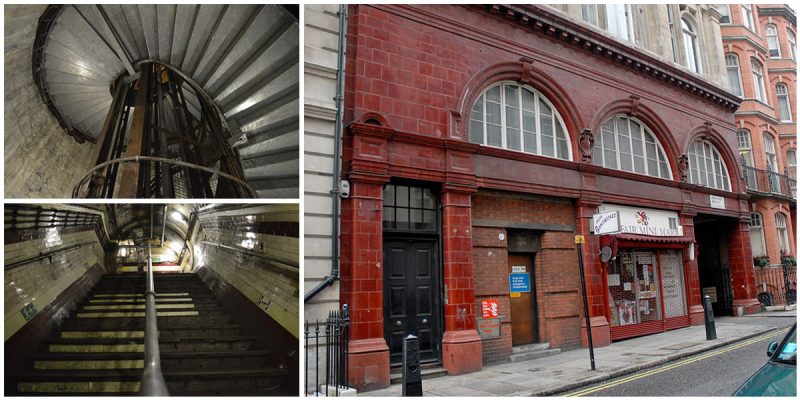Located in Mayfair, west London, Down Street is a disused station on the London Underground. It is one of the dozen tube stations which are no longer functional but still, it’s one of the best known closed tube stations in London.
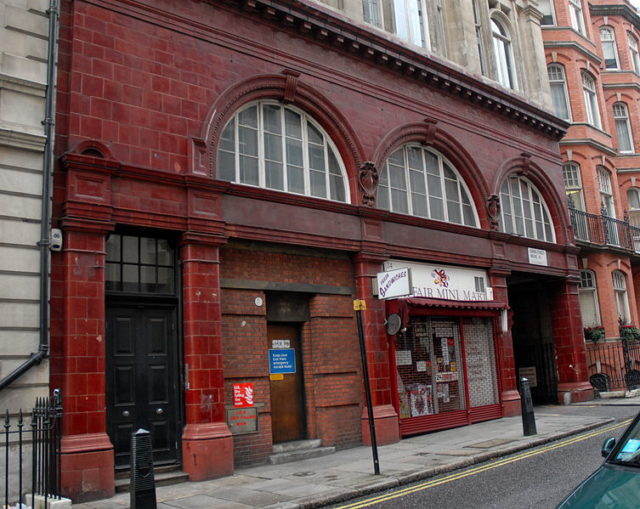
Down Street was quite shortly in service. It was opened on 15th March 1907, by the Great Northern, Piccadilly and Brompton Railway, three months after the rest of that stretch at the Piccadilly line.
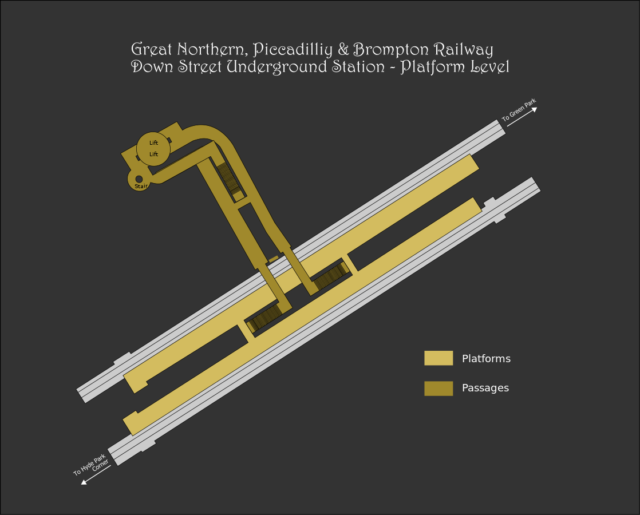
It was never a busy station. Actually, it was unprofitable and only occasional trains stopped there as the surrounding area was largely residential and its residents were too wealthy for regular tube passengers. Its lack of patronage coupled with its proximity to other stations resulted in its closure on 21 May 1932.
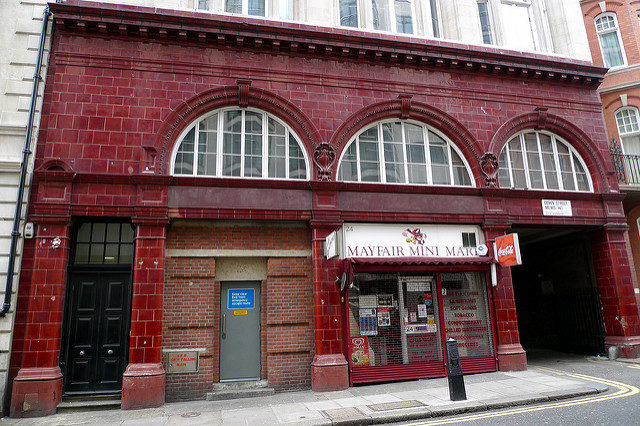
Although Down Street had a short life as a working station (only 25 years), it became critical to winning the WW2 when covertly was transformed into a Railway Executive Committee’s bomb-proof bunker.
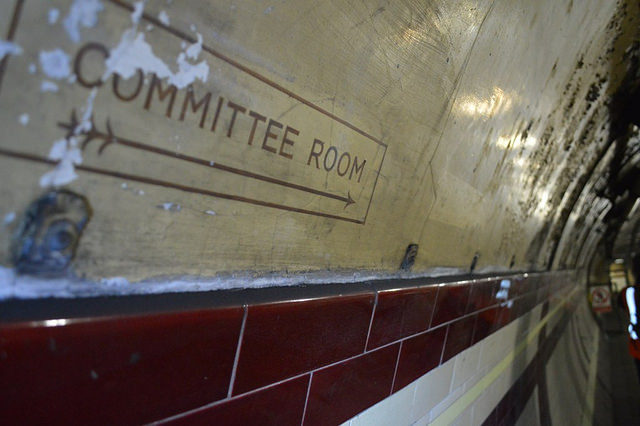
After the station was closed it was almost immediately modified. The platform level on both platforms had mostly been bricked up as well as some other construction work in the interconnecting tubes, a concrete cap for the shaft and some steel doors and filters to prevent any gas contamination. The original Edwardian lift was removed and the shaft was adapted to provide additional tunnel ventilation.
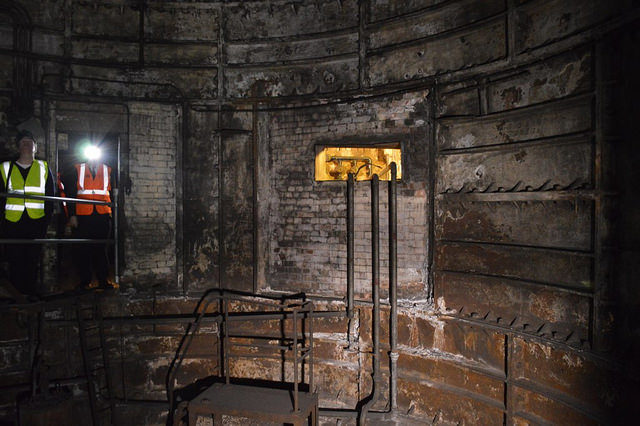
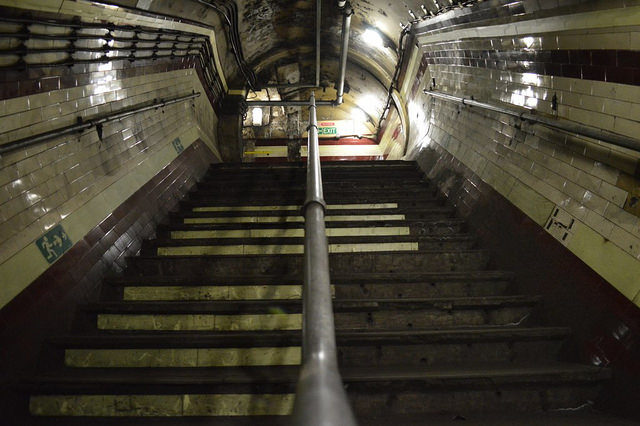
During the early part of the war, Winston Churchill and his War Time Cabinet used this shelter on a few occasions when the Cabinet War Rooms in Whitehall weren’t available. The platform faces were bricked up and the resulting space was used as an underground bunker, divided into offices, meeting rooms and dormitories. Churchill called the establishment at Down Street “The Barn” because of the wind which whistled through when trains passed.
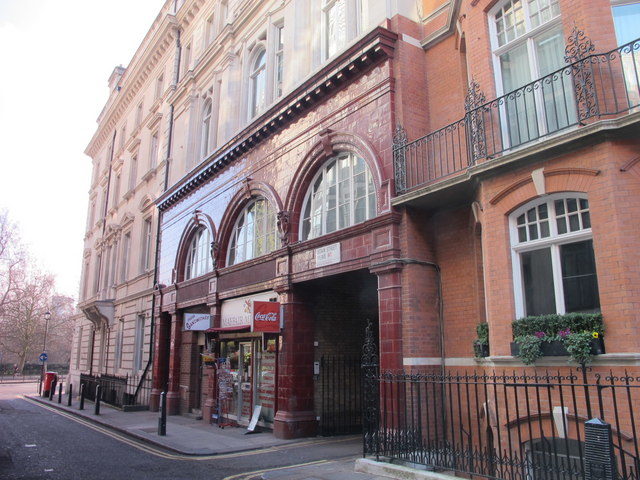
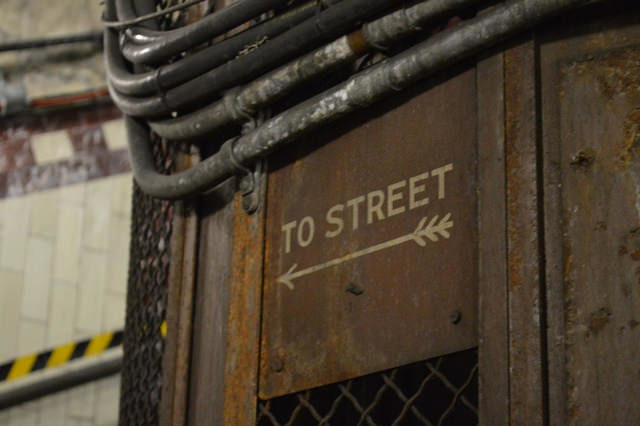
Many traces of its use during the wartime remain, including several baths, work surfaces, a kitchen sink and small, square ceramic tiles with the letter G which marked the spot of a gas-proof door installed as a prevention of a poison gas attack by the Germans.
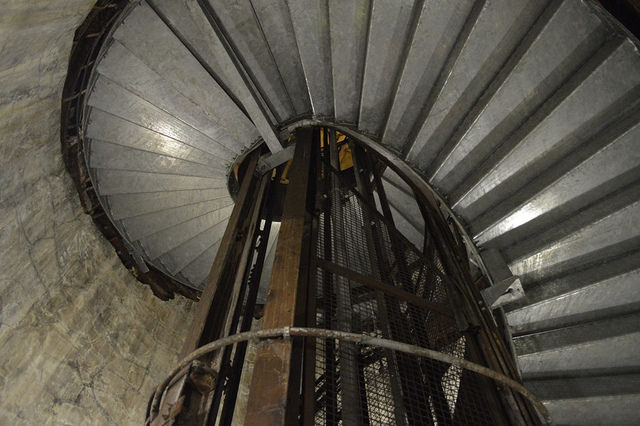
The Cabinet War Rooms are open to the public today as a tourist attraction.
